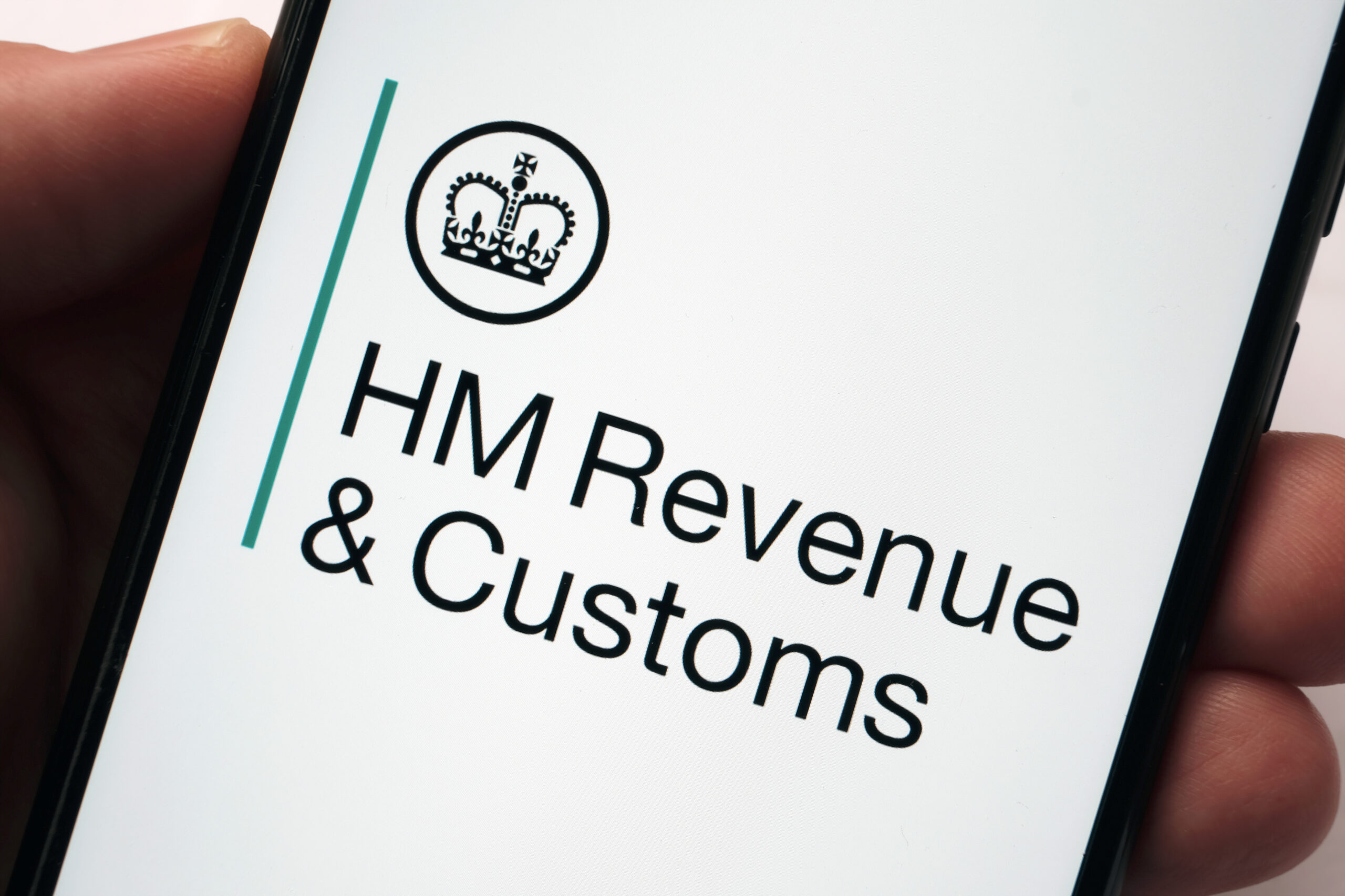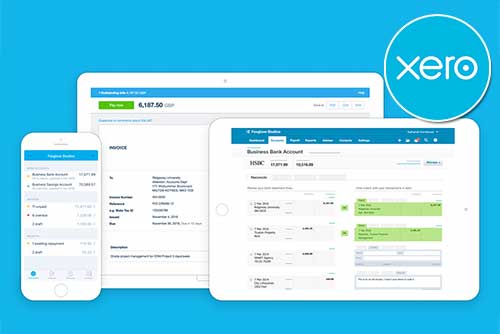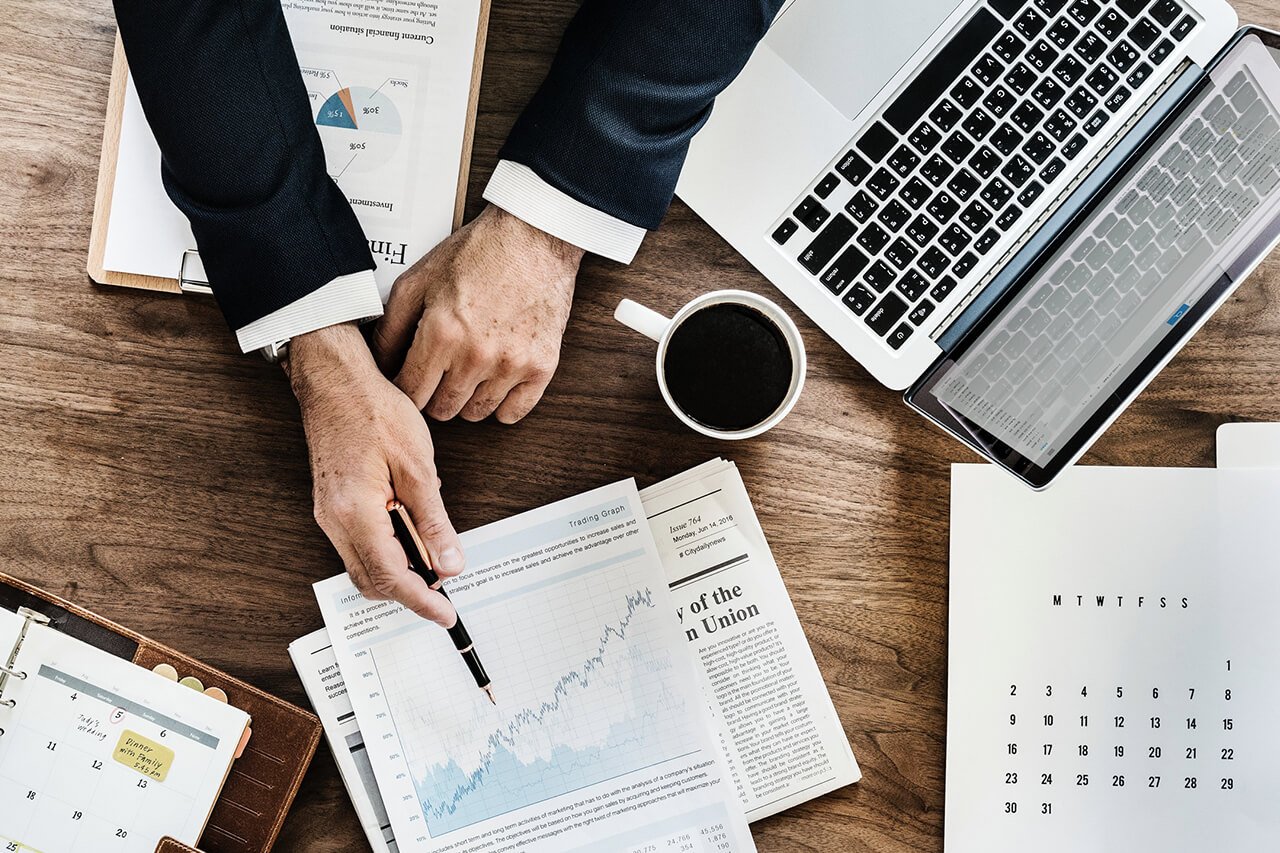What Are Non-Current Assets?
Non-current assets play a crucial role in understanding a company’s financial health and evaluating its long-term sustainability. These assets represent resources that are not expected to be converted into cash or consumed within the normal operating cycle of a business, typically lasting beyond a year.
In this article, we will explore what non-current assets are and how they impact a company’s financial standing.
Definition of Non-Current Assets
Non-current assets, also known as long-term assets, are resources owned by a company that are not readily convertible to cash or expected to be sold or consumed within a year. These assets are held for the long term and are vital for a company’s operations, helping generate revenue over an extended period.
Non-current assets are recorded on a company’s balance sheet and are essential for assessing its overall financial health.
What’s the Difference Between Current and Non-Current Assets?
Current assets are those that are expected to be converted into cash or used up within one year or the normal operating cycle of a business, serving to maintain short-term liquidity and meet immediate financial obligations. Examples include cash, accounts receivable, and inventory.
In contrast, non-current assets are resources held for longer than a year, supporting a company’s long-term operations and growth initiatives. These assets, such as property, plant, and equipment, as well as intangible assets and long-term investments, contribute to the company’s strategic objectives.
Types of Non-Current Assets
Non-current assets are classified into three main categories: tangible assets, intangible assets, and investments.
Tangible Assets
Tangible fixed assets are physical assets with a finite monetary value that are used by a business in its operations. These assets are expected to provide economic benefits over multiple accounting periods.
Examples include:
- Land: Real estate properties, including undeveloped land, held for future use or potential appreciation.
- Buildings: Structures such as office buildings, factories, warehouses, or other facilities owned and used by the company.
- Machinery and Equipment: Production machinery, vehicles, computers, and other equipment utilised in the company’s operations.
- Furniture and Fixtures: Office furniture, display racks, shelving, and other fixtures used in the business premises.
Intangible Assets
Intangible assets lack physical substance but have economic value and provide future benefits to the business. They are long-term resources that contribute to the company’s competitive advantage or generate revenue over time.
Examples include:
- Goodwill: Representing the company’s reputation, customer base, and brand value.
- Patents: Exclusive rights granted to inventors for new inventions, products, or processes, providing protection against unauthorised use by competitors.
- Trademarks and Brands: Distinctive symbols, logos, or names used to identify and differentiate the company’s products or services in the marketplace.
- Copyrights: Exclusive rights granted to creators for original literary, artistic, or musical works, preventing unauthorised copying or distribution.
- Software: Computer programs and applications developed internally or acquired for use in the company’s operations.
- Customer Lists: Lists of existing or potential customers that provide future revenue-generating opportunities and represent the company’s customer relationships.
- Licences and Permits: Rights granted by authorities to operate specific businesses or activities legally, such as licences for broadcasting, manufacturing, or selling alcoholic beverages.
Investments
Investments represent financial assets acquired by the company for the purpose of earning returns or strategic purposes rather than for immediate consumption or use in operations.
Examples include:
- Long-Term Investments: Equity investments in other companies held for strategic reasons, often providing dividends, capital appreciation, or influence over the investee.
- Bonds and Debentures: Debt securities issued by governments or corporations with maturity dates beyond one year, providing fixed interest payments and repayment of principal.
- Investment Properties: Real estate properties held for rental income or capital appreciation, separate from properties used in the company’s operations.
- Joint Ventures: Collaborative arrangements with other entities to undertake specific business activities together, sharing risks, resources, and rewards.
Importance of Non-Current Assets
Non-current assets play a crucial role in determining a company’s ability to generate future cash flows, support growth initiatives, and maintain competitive advantages. Here’s why non-current assets are important:
Long-Term Investment
Non-current assets represent a company’s long-term investments in resources necessary for sustained operations and growth. These assets enable businesses to enhance productivity, expand capacity, and innovate, positioning them for future success.
Financial Stability
The composition and management of non-current assets reflect a company’s financial stability and operational efficiency. Investors and creditors evaluate the quality and value of non-current assets to assess a company’s ability to meet long-term obligations, generate profits, and create shareholder value.
Growth Opportunities
Non-current assets serve as a foundation for seizing growth opportunities, whether through expansion into new markets, research and development initiatives, or strategic acquisitions. A robust portfolio of non-current assets enables companies to adapt to evolving market conditions and stay ahead of competitors.
Risk Management
Effective management of non-current assets involves assessing risks related to asset utilisation, technological obsolescence, and market fluctuations. By diversifying investments and optimising asset utilisation, companies can mitigate risks and safeguard against potential downturns or disruptions.
Summary of Non-Current Assets
Non-current assets are essential components of a company’s financial structure, representing long-term investments critical for sustained operations, growth, and competitiveness. Consisting of tangible assets like property, plant, and equipment, intangible assets such as goodwill and patents, as well as investments like long-term holdings and joint ventures, these resources contribute to a company’s strategic objectives and financial stability.





















